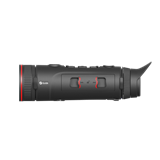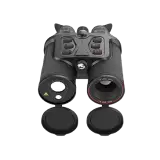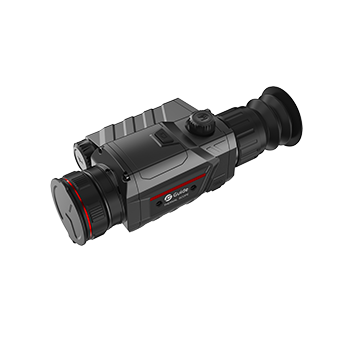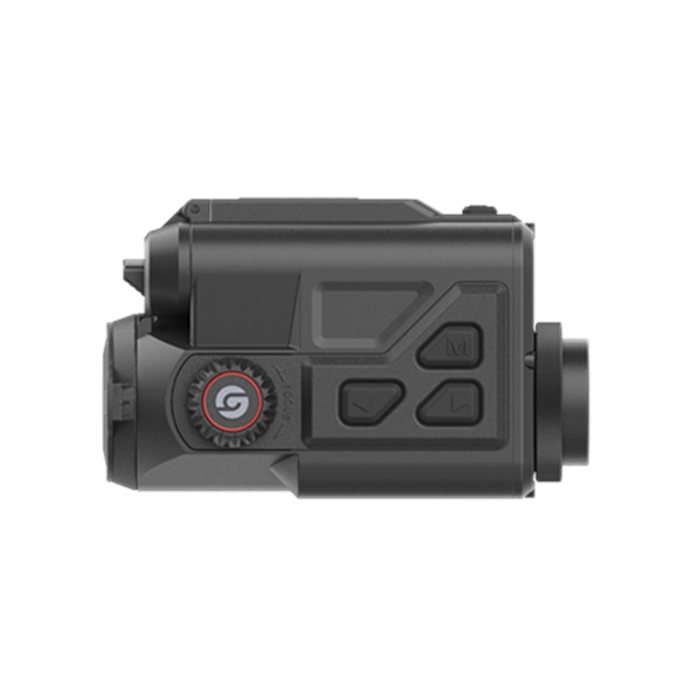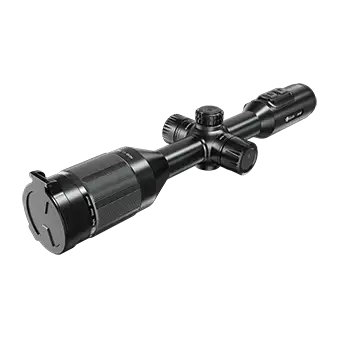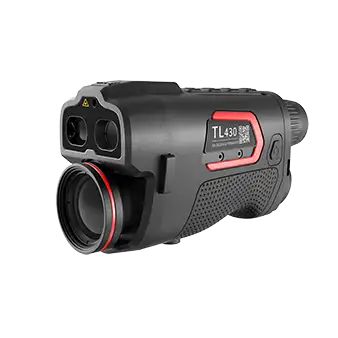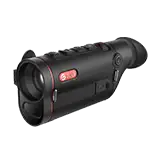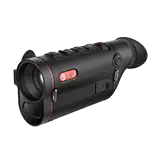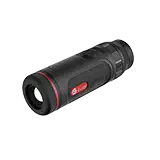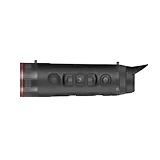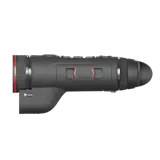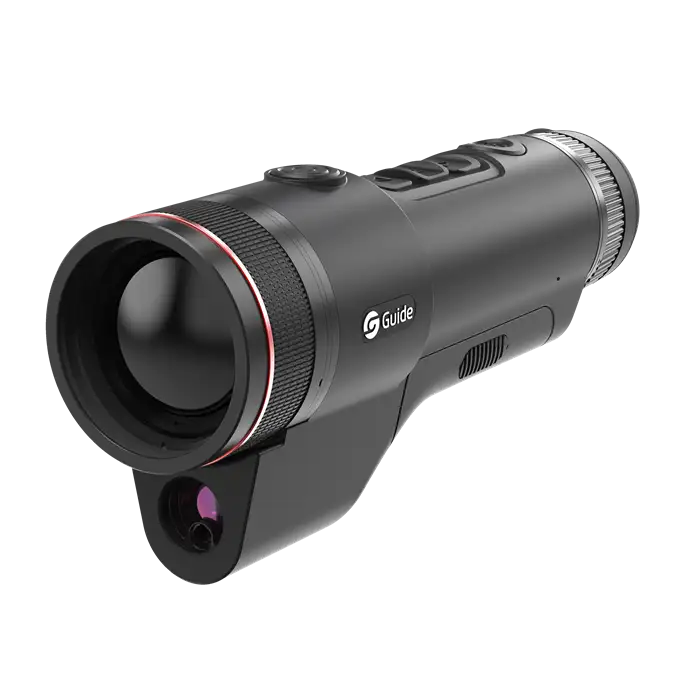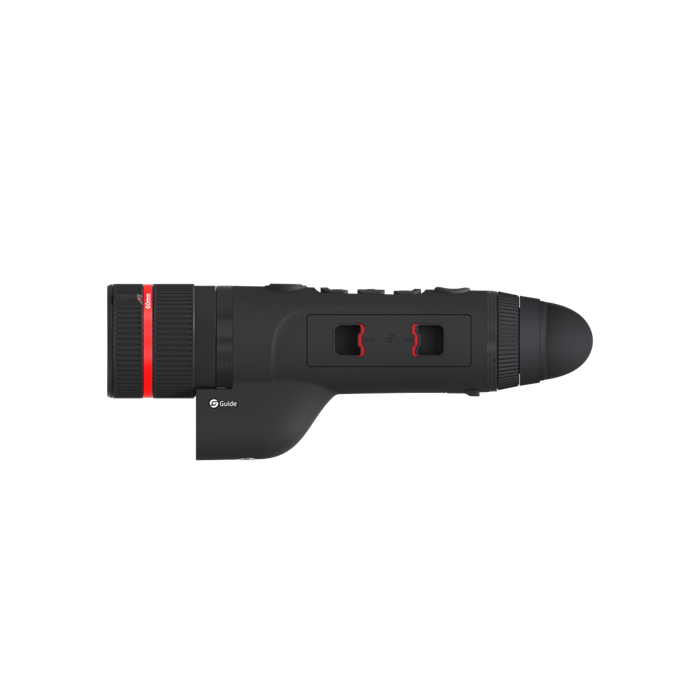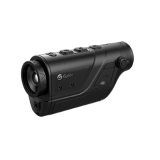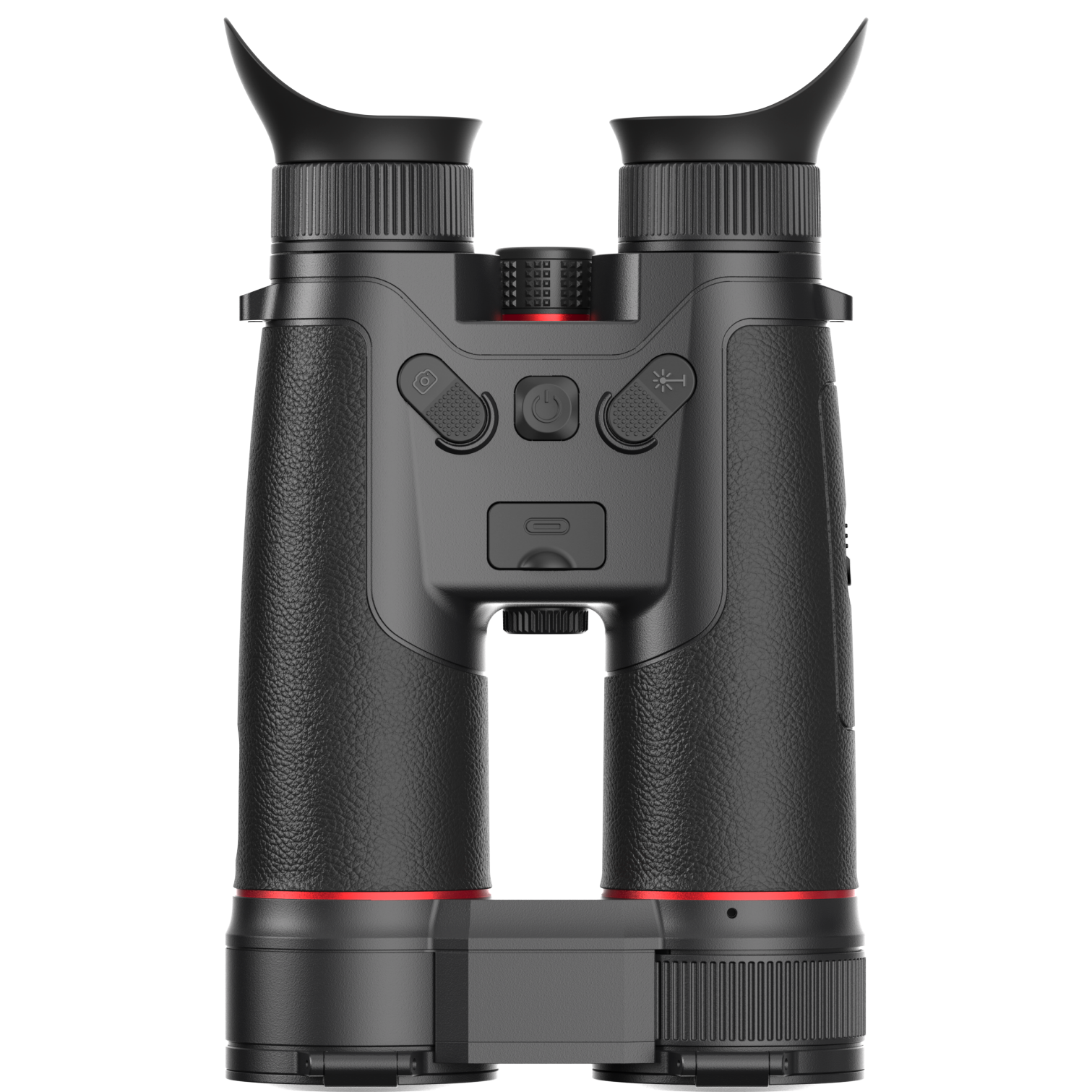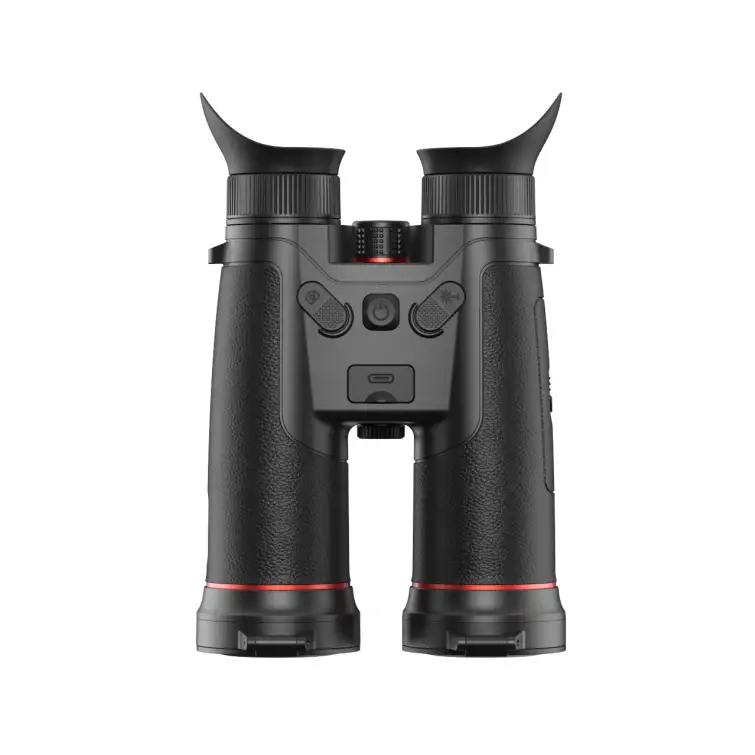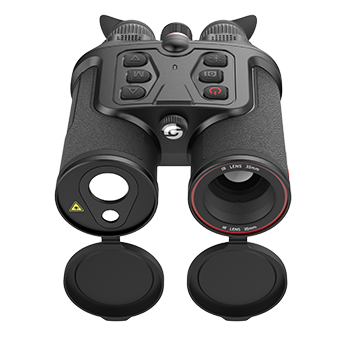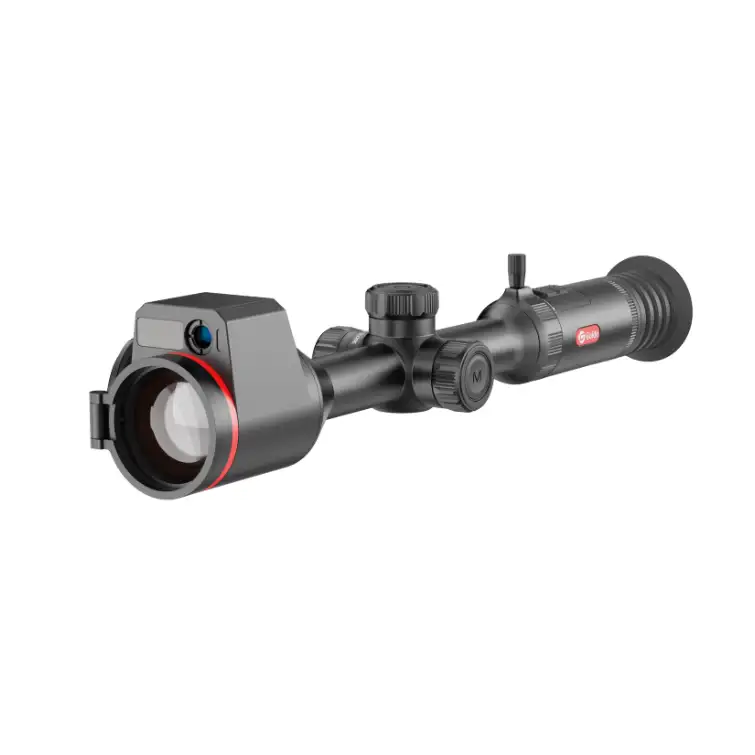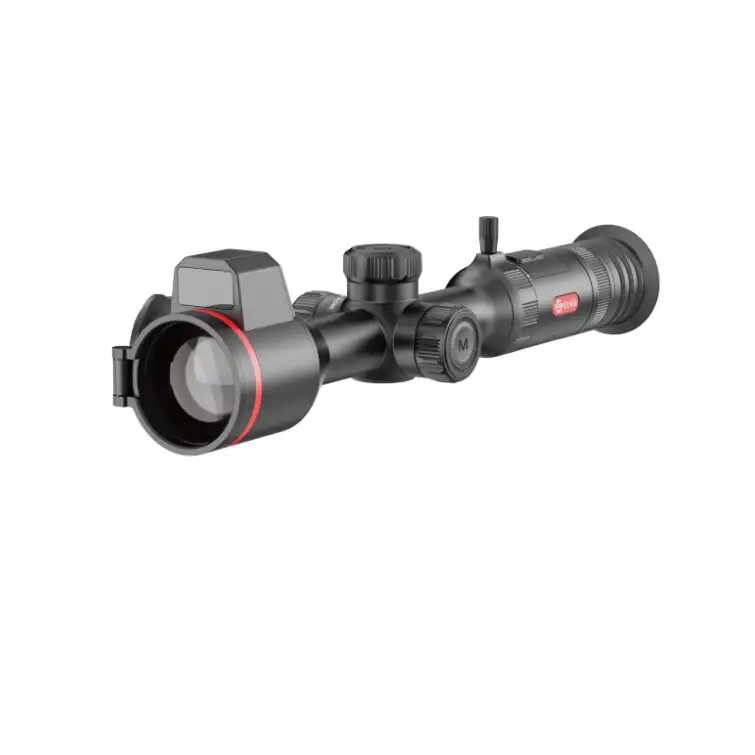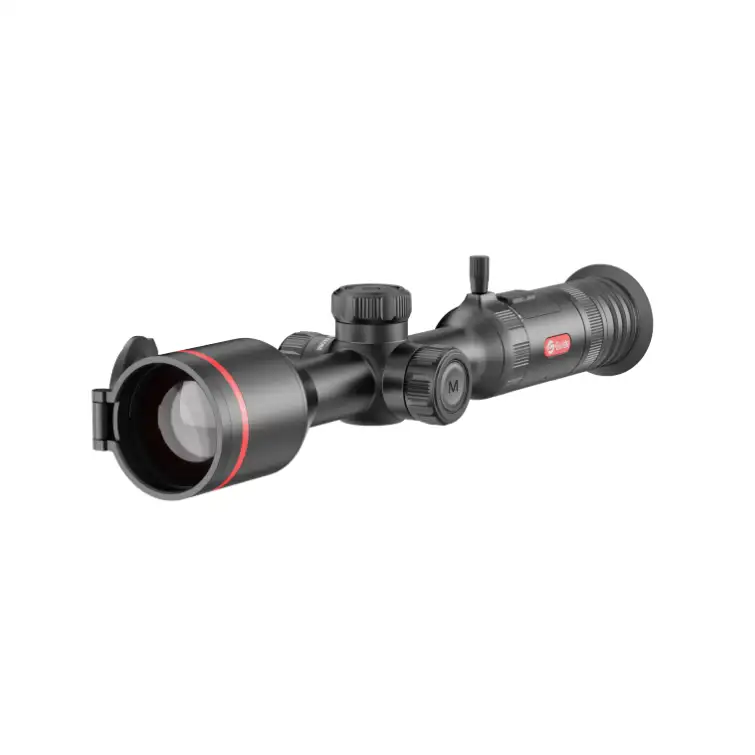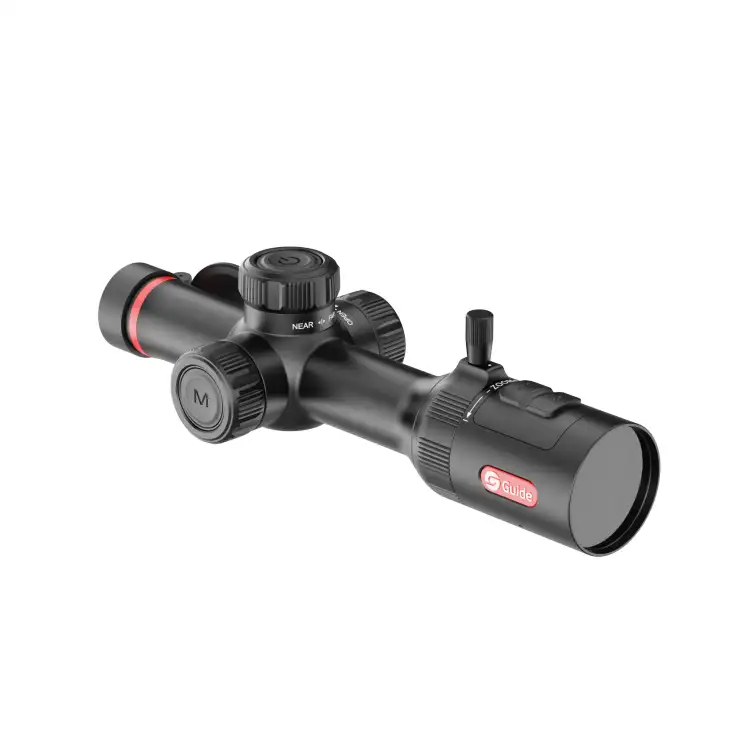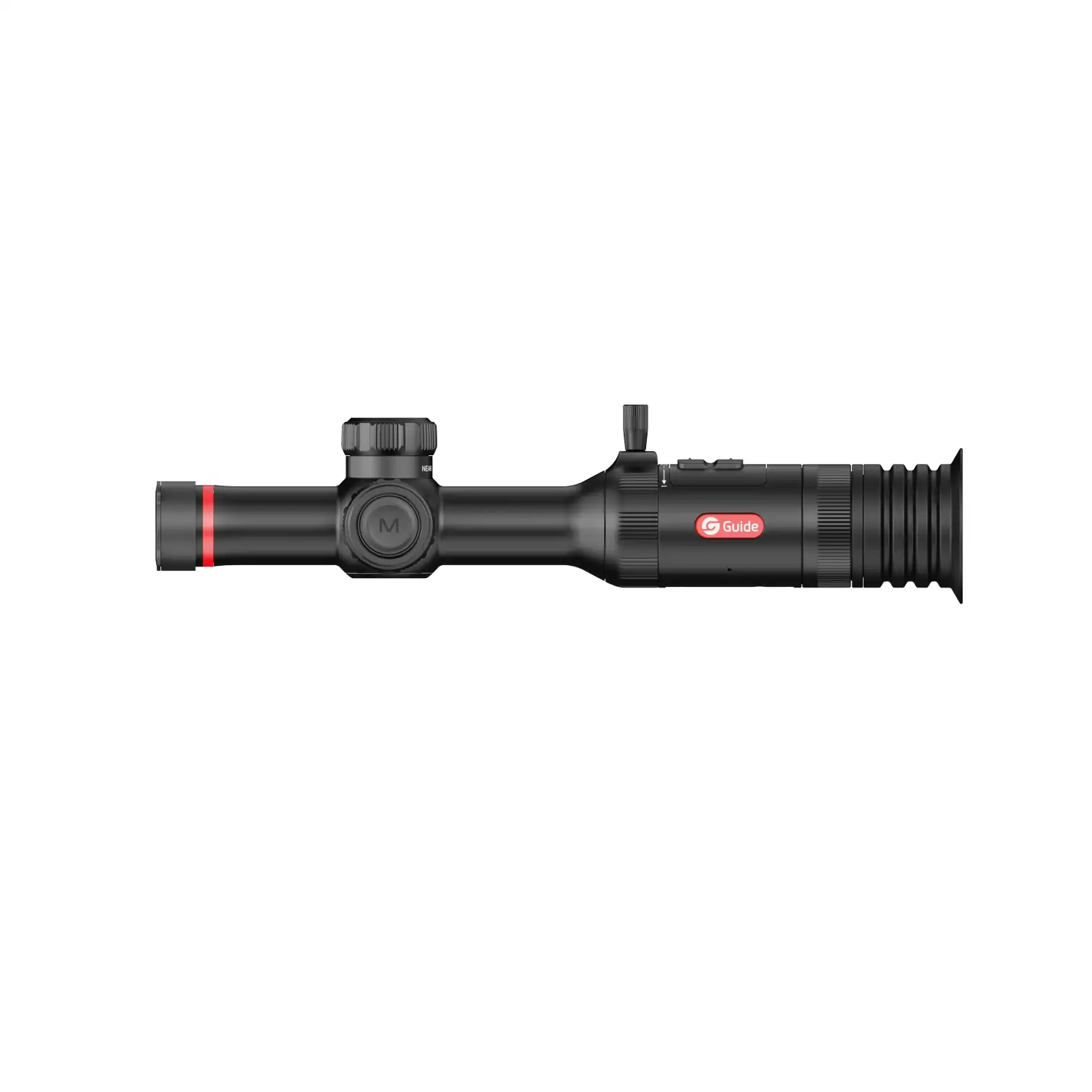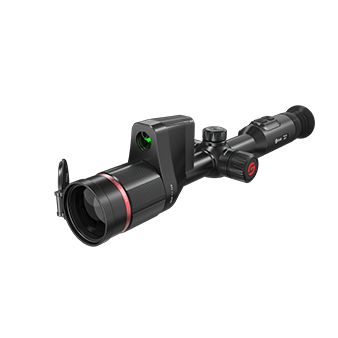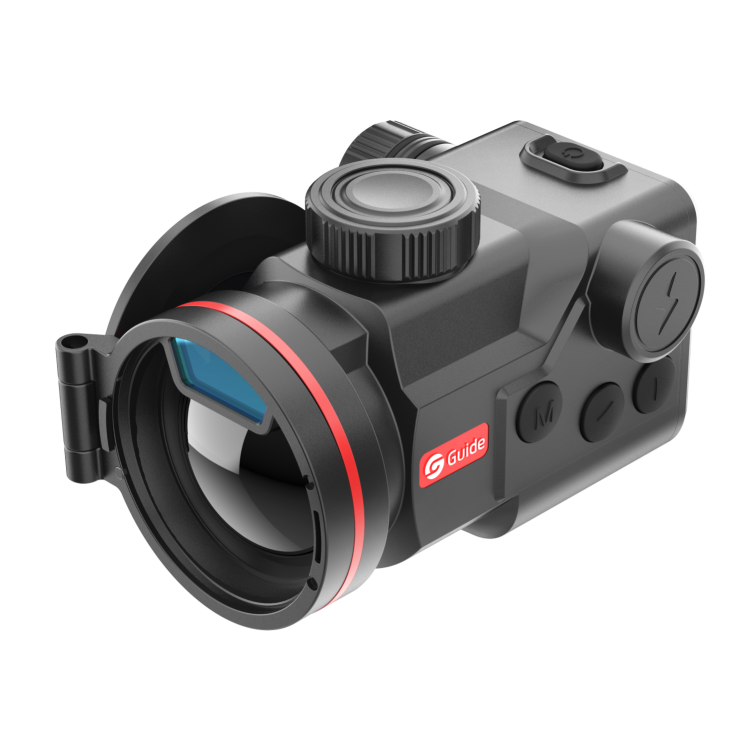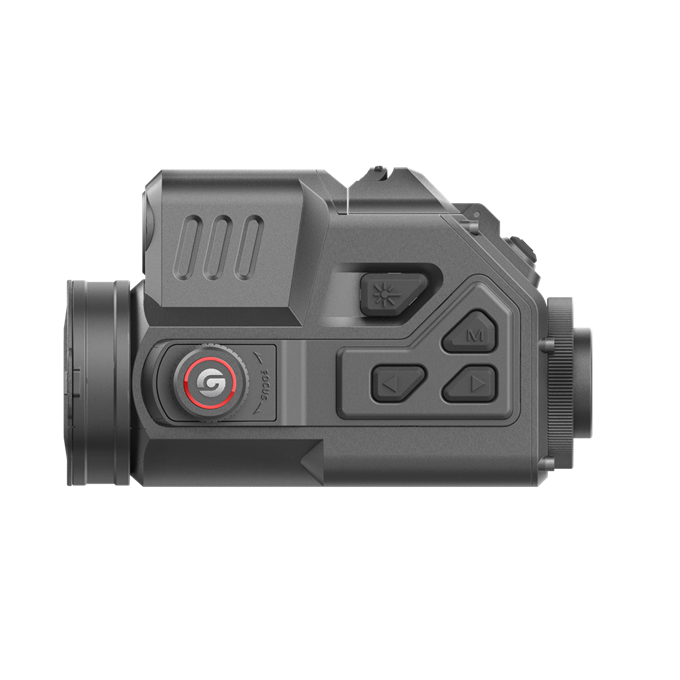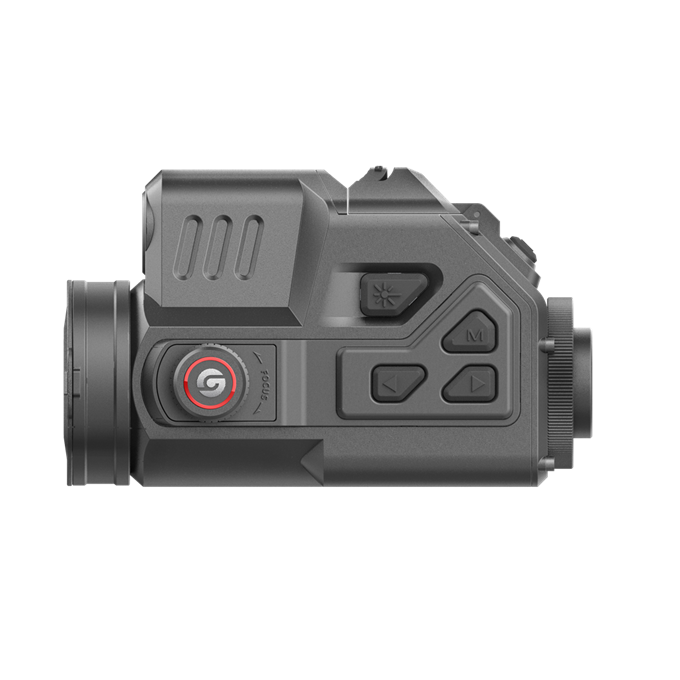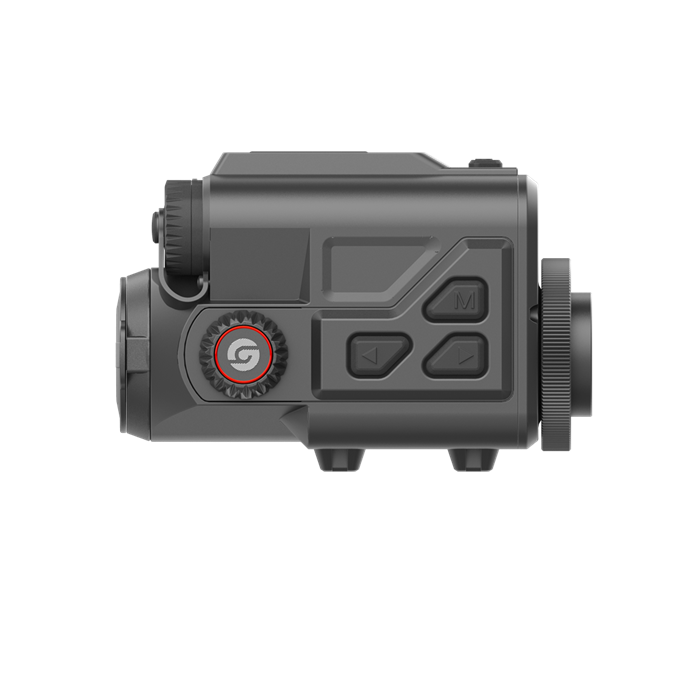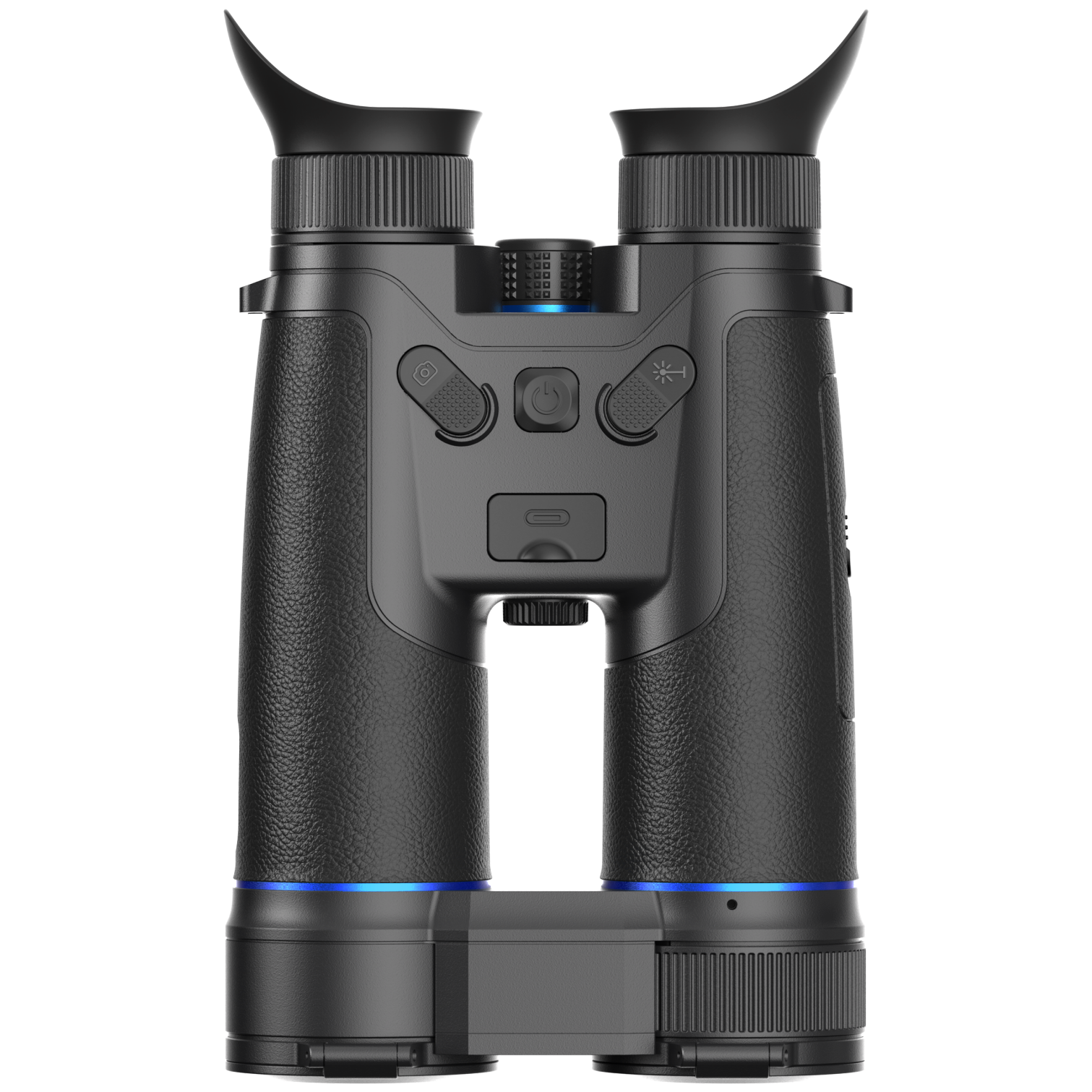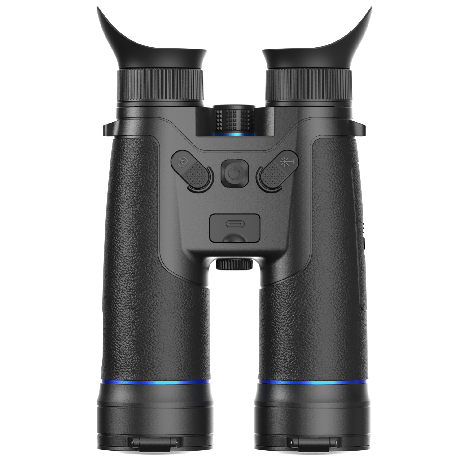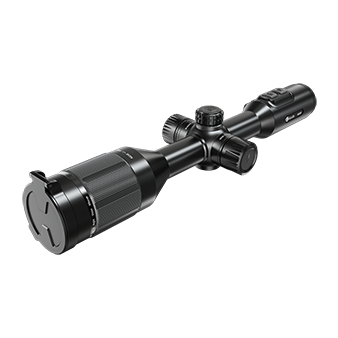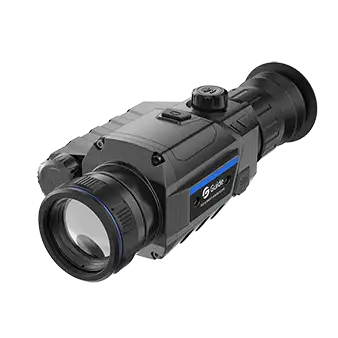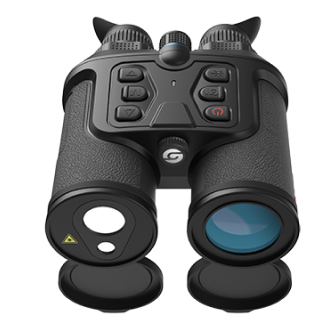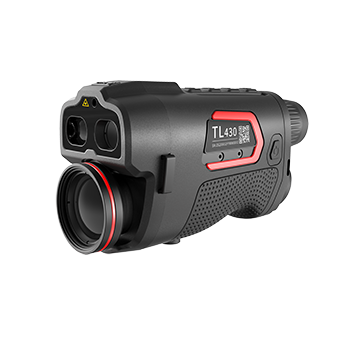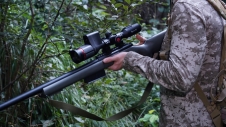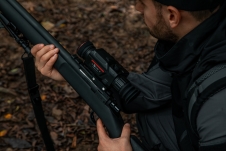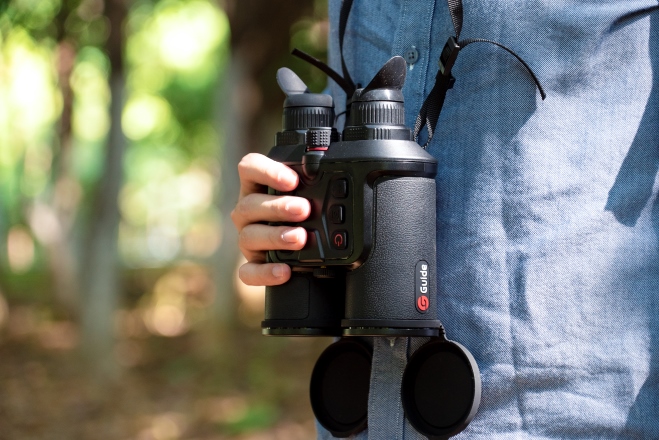In the life-or-death race of emergency rescue, every second counts. With rapid technological advancements, infrared thermal monoculars have emerged as a leading tool in modern rescue equipment, playing an irreplaceable role in the field. This article delves into the multifaceted applications of infrared thermal monoculars in rescue operations, illustrating how they serve as the "eyes of the night" for rescue personnel.
Infrared Thermal Monoculars: Penetrating the Fog, Accurate Targeting
In the aftermath of natural disasters like earthquakes and floods, visibility often plummets due to harsh environmental conditions, rendering traditional optical telescopes less effective. However, infrared thermal monoculars can penetrate smoke, dust, and darkness by detecting the infrared radiation emitted by objects, creating clear thermal images. This capability allows rescuers to quickly locate trapped individuals by detecting their body heat, even in the most challenging environments, significantly enhancing search and rescue efficiency.
Advantages of Infrared Thermal Monoculars in Nighttime Rescue
As night falls, rescue operations continue without pause. Infrared thermal monoculars, with their ability to function without light, become invaluable tools for nighttime rescues. They can clearly display the contours and positions of targets in complete darkness, aiding rescue teams in swiftly locating trapped or missing persons and providing reliable technological support for nocturnal search efforts. This all-weather operational capability ensures that rescue missions are no longer constrained by time, greatly improving the timeliness and success rate of rescues.
Applications of Infrared Thermal Monoculars in Disaster Prevention
Beyond direct search and rescue operations, infrared thermal monoculars also show significant potential in disaster prevention. By regularly monitoring potential hazard areas from a distance, rescuers can detect unusual temperature changes, such as the early signs of fire or geothermal anomalies before landslides, thus allowing for timely warnings and valuable time for subsequent disaster mitigation efforts. This forward-looking monitoring approach effectively reduces the risks and damages associated with disasters.
Role of Infrared Thermal Monoculars in Team Rescue
In complex rescue scenarios, team coordination is crucial. Infrared thermal monoculars not only provide clear vision for individual rescuers but also enable rapid transmission and sharing of information through their imaging technology. Rescue teams can quickly devise rescue plans based on the thermal images and coordinate efforts, leading to efficient rescue operations. This information-sharing collaborative approach greatly enhances the overall effectiveness of rescue missions.
In summary, infrared thermal monoculars demonstrate immense potential in the rescue field with their unique advantages. They are not only valuable aids in search and rescue operations but also important tools for disaster prevention and team coordination. As technology continues to advance, it is reasonable to believe that infrared thermal monoculars will play an increasingly vital role in future rescue efforts, contributing significantly to human safety.


